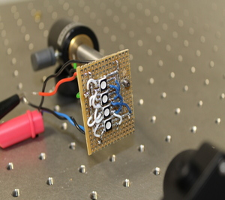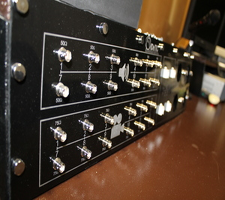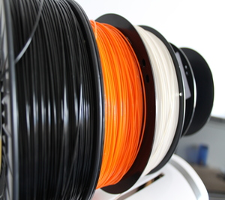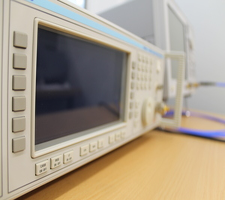|
|||
|
Fecha: Septiembre 2016 |
Presentación de la Tesis |
Tesis_Doctoral |
|
Resumen de la tesis en inglés:Learning to write is complex and usually starts with lines and scribbles. Before reaching a mature handwriting, children start to know the letters' shapes and their sequence, although the children's motor control is not yet accurate. Modeling this behavior in a mathematically way would allow to understand the mechanical processes from the initial thought of signing to its complete fulfillment. For instance, statistical models of a particular muscle could gain a better understanding of its general behavior when a stimulus is applied. The kinematical response of an executed movement is also a source of information about the human reaction. Indeed, these characteristics could be mathematically modeled according to the literature in order to design synthetically human movements. On the other hand, handwriting signature is used as a biometric trait to authenticate the user identity. However, the signature-based biometric systems are not used in practical applications due to their lower performance compared to other biometric technologies. Therefore, it is often preferred to use other traits such as iris, fingerprint or face. As a bridge between synthesis of biometric data and human modeling, innovative methods are addressed in this dissertation to generate synthetic handwriting signatures following the insights learnt from the motor equivalence theory. As such, in this Thesis several procedures are proposed to generate i) fully synthetic signature databases and ii) duplicated signatures from a single real specimen. The goal of the proposed methods is to verify whether the generated signatures are able to introduce realistic intra and inter-personal variability in signature-based biometric systems as well as to certify their human-like appearance. For these purposes, machine-oriented and human-oriented evaluations are discussed in the frameworks used in this document. |
|||
Inicio

- Está aquí:
-
Inicio

-
IDeTIC

-
I+D

-
Histórico de Tesis Doctorales

- Tesis Moisés Díaz Cabrera
Vídeo Corporativo del IDeTIC
|
|
El 21 de marzo de 2010 el Centro Tecnológico para la Innovación en Comunicaciones (CeTIC®) se ha transformado en el Instituto para el Desarrollo Tecnológico y la Innovación en Comunicaciones IDeTIC® (BOC de 25 de marzo de 2010). El IDeTIC es un Instituto Universitario de Investigación pertenenciente a la Universidad de Las Palmas de Gran Canaria (ULPGC). El CeTIC se creó en el 2006 a partir de la unión de tres Grupos de Investigación con más de 10 años de experiencia, a los cuales se ha incorporado a inicios del 2009 dos nuevos grupos. En los procesos de creación del CeTIC en el 2006 e IDeTIC en el 2010 hemos sido evaluados a nivel nacional por la Agencia Nacional de Evaluación y Prospectiva (ANEP) obteniendo en ambos casos la... Leer Más... |
Próximos Eventos
| Sin eventos |














